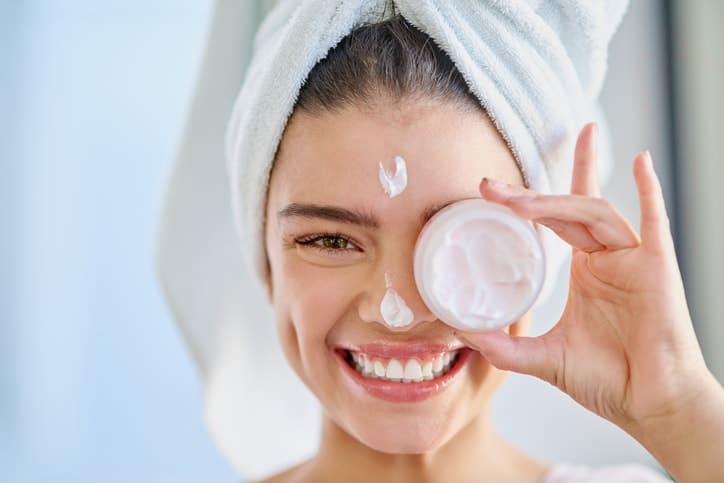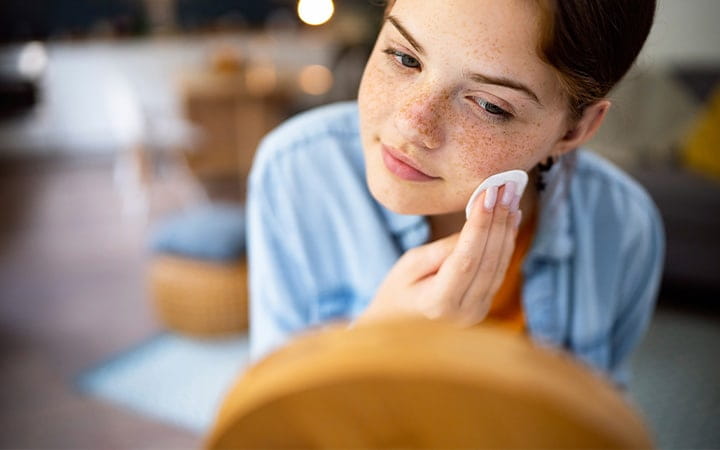What is Retinoid vs Retinol? Understanding the Differences
In the ever-evolving world of skincare, the terms retinoid and retinol are often thrown around, leaving many beauticians and skincare enthusiasts wondering, what is retinoid vs retinol and how do they differ? Both are derivatives of Vitamin A, celebrated for their transformative effects on the skin. However, understanding the nuances between them can be crucial for skincare professionals aiming to provide the best advice to their clients.

The Basics of Retinoids
Retinoids are a broad category of compounds derived from Vitamin A. They are often used in skincare products for their ability to promote cell turnover, reduce acne, and diminish the appearance of fine lines and wrinkles. Retinoids are available in both prescription and over-the-counter formulations, with prescription options generally being more potent. Popular forms of retinoids include tretinoin, adapalene, and tazarotene.
How Retinoids Work
Retinoids work by binding to specific receptors in the skin, initiating a process that accelerates cell turnover and encourages the production of new skin cells. This process helps to unclog pores, making them particularly effective in the treatment of acne. Additionally, by stimulating collagen production, retinoids can help to firm the skin and reduce the appearance of fine lines and wrinkles.
Retinol: A Gentler Alternative
Retinol is a type of retinoid, but it is less potent than prescription-strength options. It is commonly found in over-the-counter skincare products and is favored for its ability to deliver similar benefits to stronger retinoids, but with reduced risk of irritation. Retinol needs to be converted into retinoic acid by the skin before it can exert its effects, which is why it tends to be gentler on the skin.
Benefits of Retinol
Retinol is often recommended for individuals with sensitive skin or for those new to retinoid products. It offers a more gradual approach to improving skin texture and tone, reducing fine lines, and treating mild to moderate acne. Because it is less potent, retinol can be used more frequently and is often found in a variety of skincare products, from serums to moisturizers.
Choosing Between Retinoid and Retinol
The choice between retinoid and retinol largely depends on an individual's skin type, concerns, and tolerance to these ingredients. For those with severe acne or more pronounced signs of aging, a prescription retinoid may be more effective. However, for individuals with sensitive skin or those looking to maintain their skin's youthfulness with minimal irritation, retinol is often a suitable choice.
Consulting with a dermatologist or a well-informed beautician can help in determining the most appropriate option for one's skincare needs. It's important to start with lower concentrations and gradually increase usage to allow the skin to acclimate to these powerful ingredients.
Incorporating Retinoids and Retinol into a Skincare Routine
When introducing retinoids or retinol into a skincare routine, patience is key. These ingredients can cause initial irritation, dryness, or peeling, especially when used in higher concentrations. It's advisable to start with a small amount, applied every other night, and gradually increase the frequency as the skin builds tolerance.
For those looking to create a more comprehensive skincare routine, consider reading about healthier-looking skin to learn how to layer these products effectively. Additionally, exploring other skincare treatments like aloe vera for keratosis pilaris or understanding how to treat hormonal acne can complement the use of retinoids or retinol.

Common Misconceptions About Retinoids and Retinol
Despite their popularity, there are several misconceptions surrounding retinoids and retinol. One common myth is that they thin the skin. In reality, while retinoids can cause peeling, they actually thicken the dermis over time by promoting collagen production.
Another misconception is that these ingredients should be avoided in the summer due to increased sensitivity to the sun. While it's true that retinoids can make the skin more susceptible to UV damage, using a high SPF sunscreen daily is sufficient to protect the skin.
FAQs
1. Can retinoids and retinol be used together?
It's generally not recommended to use both simultaneously as it can increase irritation. It's best to choose one based on skin needs and tolerance.
2. How long does it take to see results?
Results can vary, but improvements in skin texture and tone are often visible after 8-12 weeks of consistent use.
3. Are retinoids safe for all skin types?
While retinoids can benefit most skin types, those with extremely sensitive skin should proceed with caution and may prefer starting with retinol.
For beauticians and skincare enthusiasts, understanding the intricacies of retinoid and retinol is essential for providing informed recommendations. Whether it's through professional consultations or personal use, these ingredients hold the potential to transform skincare routines and deliver radiant, youthful skin.
This article contains affiliate links. We may earn a commission at no extra cost to you.

